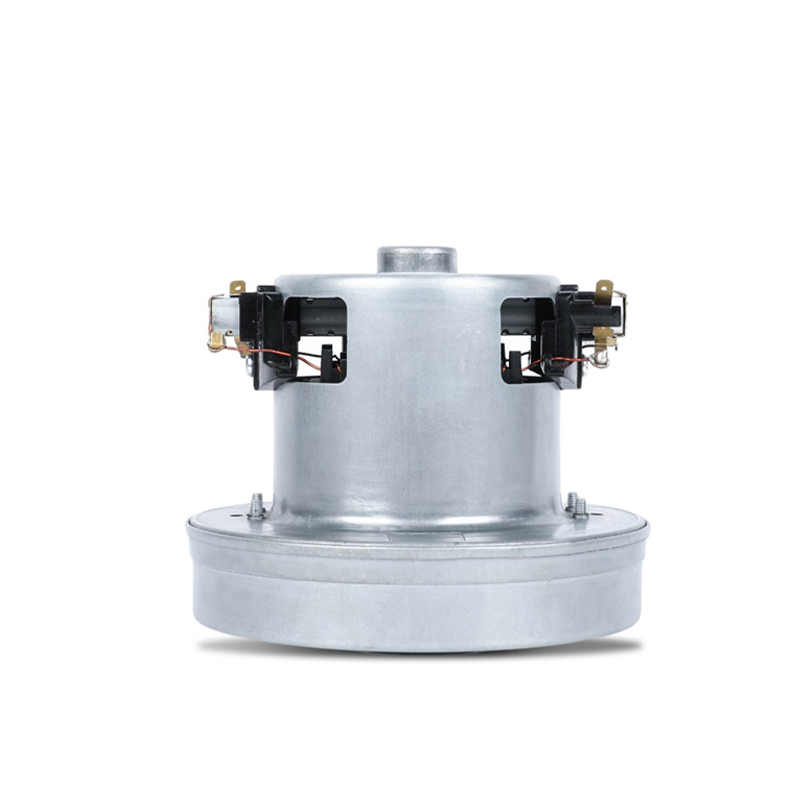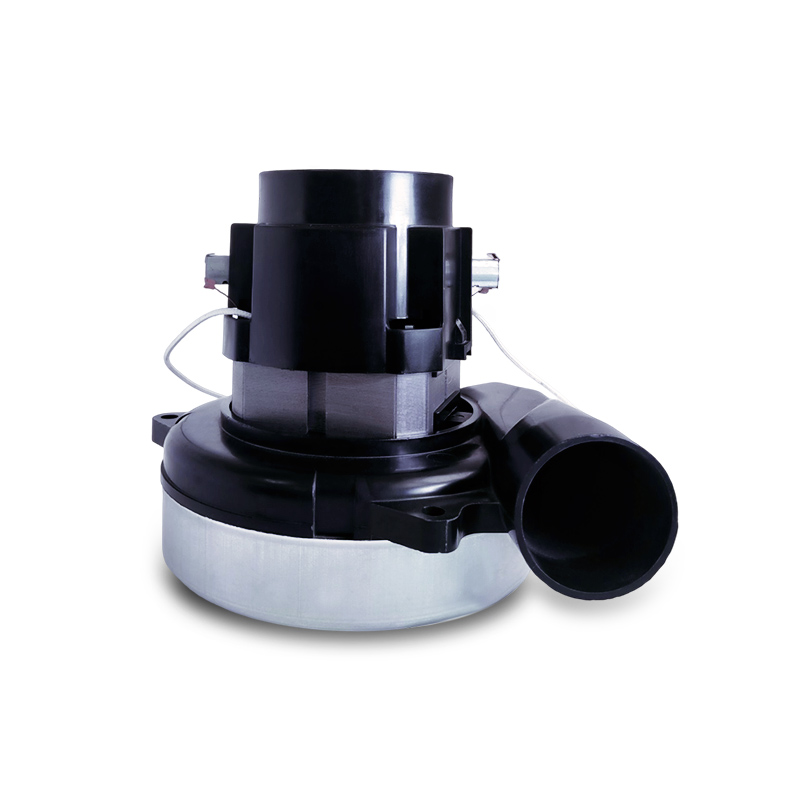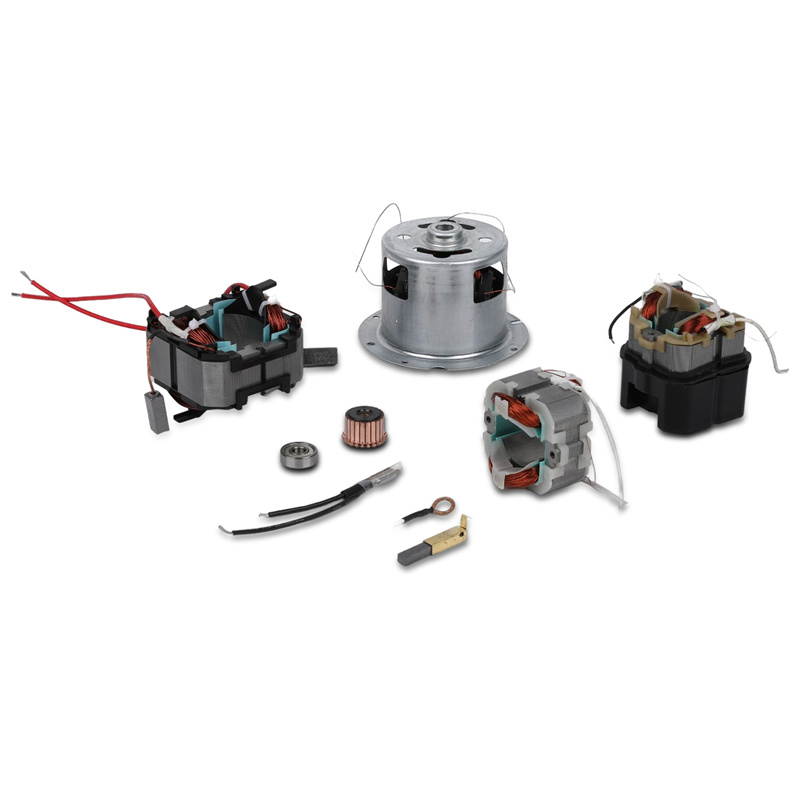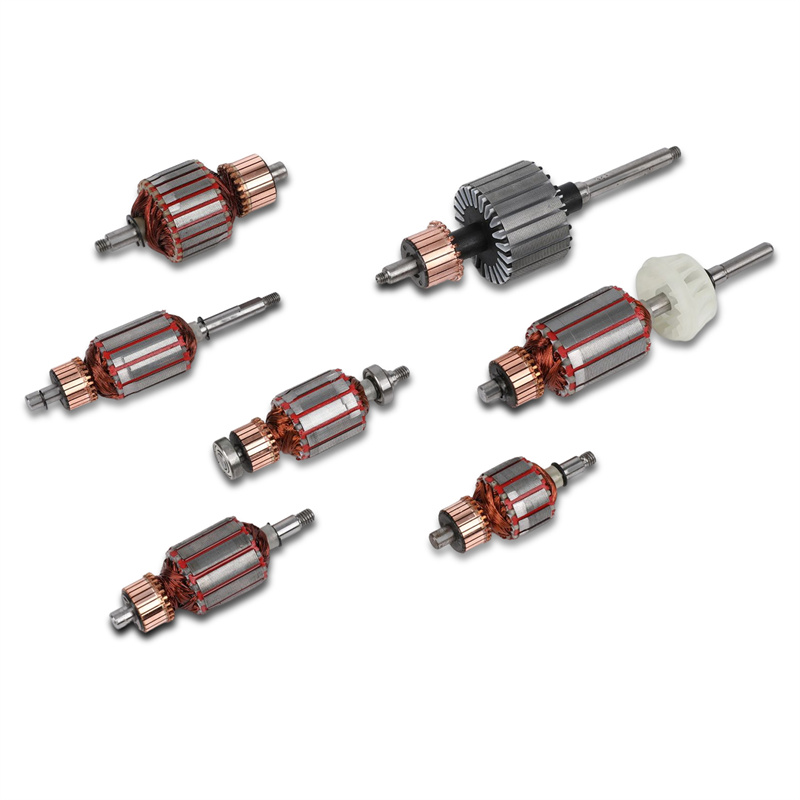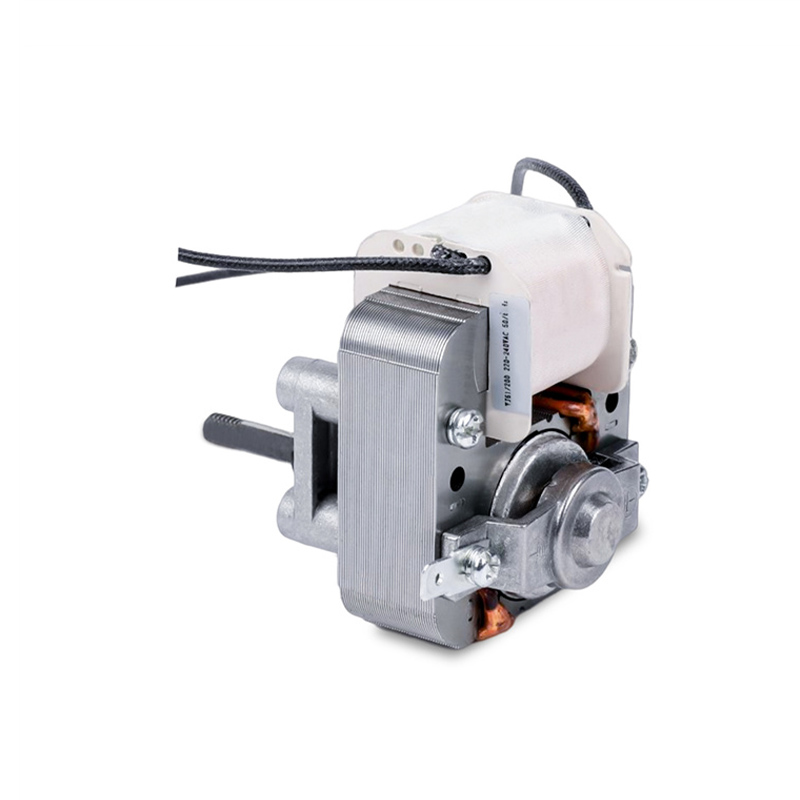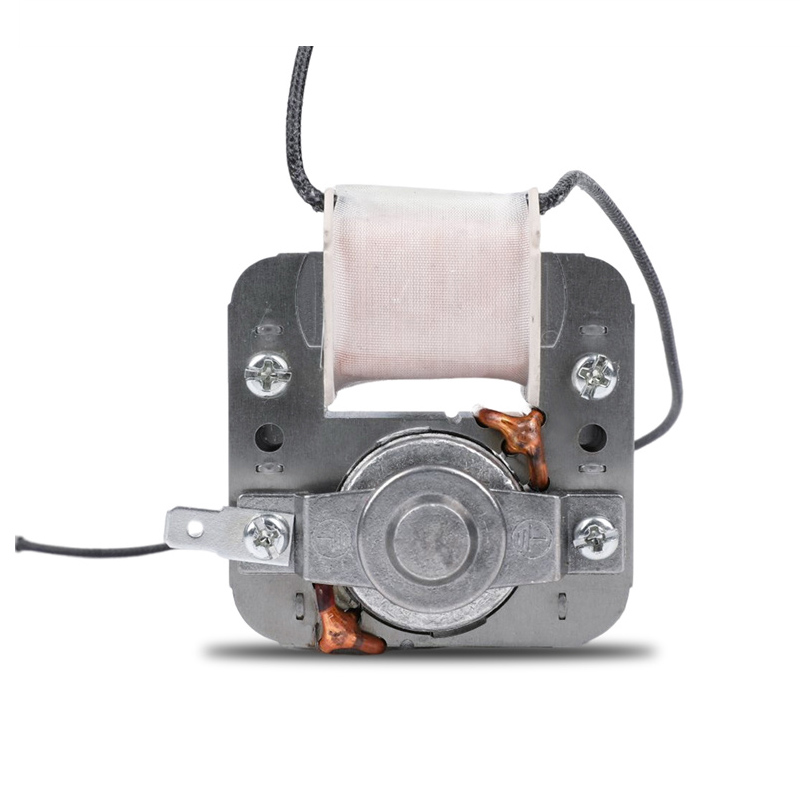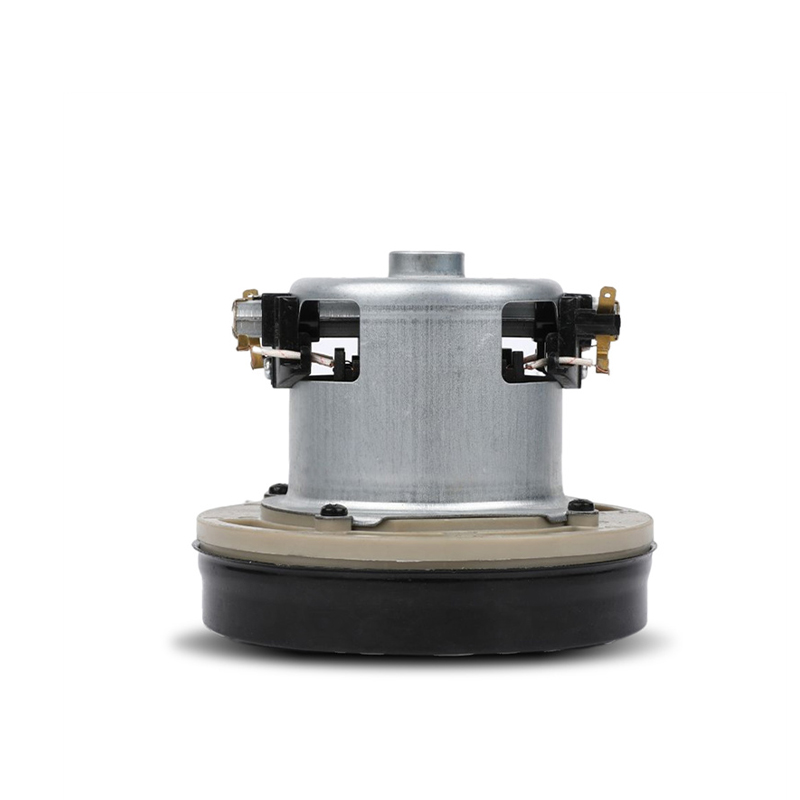How to choose a dry vacuum cleaner motor
The motor is the heart of any vacuum cleaner, including dry vacuum cleaners. It is responsible for generating suction power and picking up dirt and debris from floors and other surfaces.
Importance of the Motor in Dry Vacuum Cleaners
The motor is a critical component of a dry vacuum cleaner. It generates the suction power that allows the vacuum cleaner to pick up dirt and debris from floors, carpets, and other surfaces. The motor also powers the vacuum cleaner's brush roll or beater bar, which helps loosen and lift dirt and debris from carpets and upholstery.
When choosing a dry vacuum cleaner motor, there are several factors to consider:
Power: The motor's power output is typically measured in watts or amps. A more powerful motor will provide stronger suction and be better equipped to pick up dirt and debris from floors and other surfaces.
Speed: The motor's speed is measured in revolutions per minute (RPM). A higher RPM motor will generally provide better suction and be more effective at picking up dirt and debris.
Durability: The motor should be durable and able to withstand regular use without wearing out or breaking down.
Noise Level: The motor should be designed to operate quietly, without generating excessive noise that could be disruptive or annoying.
Energy Efficiency: The motor should be energy-efficient, using as little power as possible while still providing effective suction and cleaning performance.
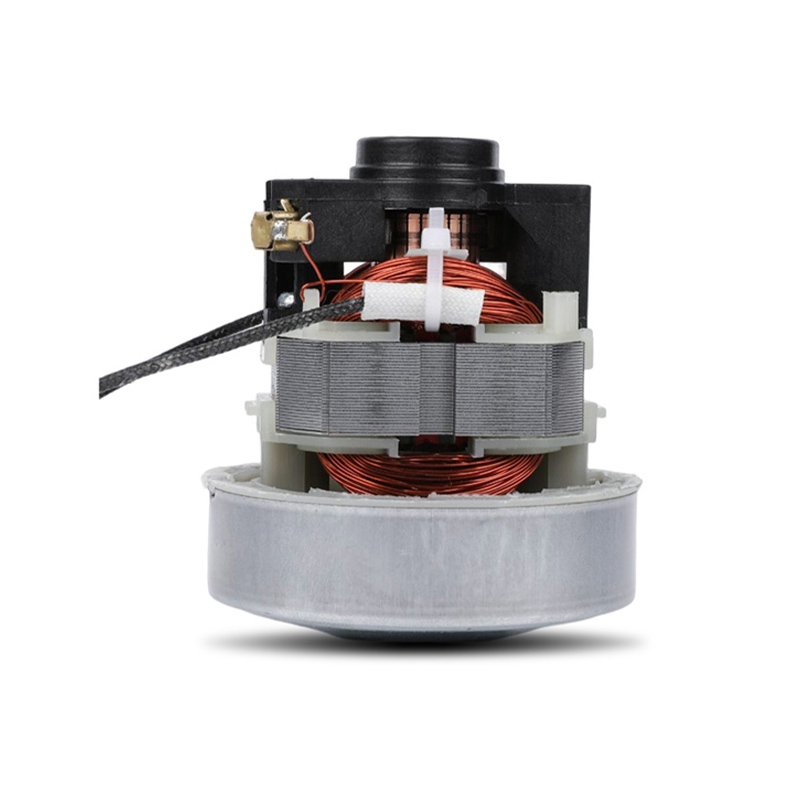

Model YH-(D-1E),voltage 100-240V, rated input power 300-560W, max vacuum degree 18.1kpa, max air flow 1.42 M3/min, temperature rise 70K, noise less than 92dB, max efficiency 34%.
74.2mm diameter, small size, large air volume.
DC voltage available,too.
Wide range of uses, dust mite brush motor, hair dryer motor, vacuum cleaner motor, air pump inflator motor.


 English
English Deutsch
Deutsch Español
Español 中文简体
中文简体